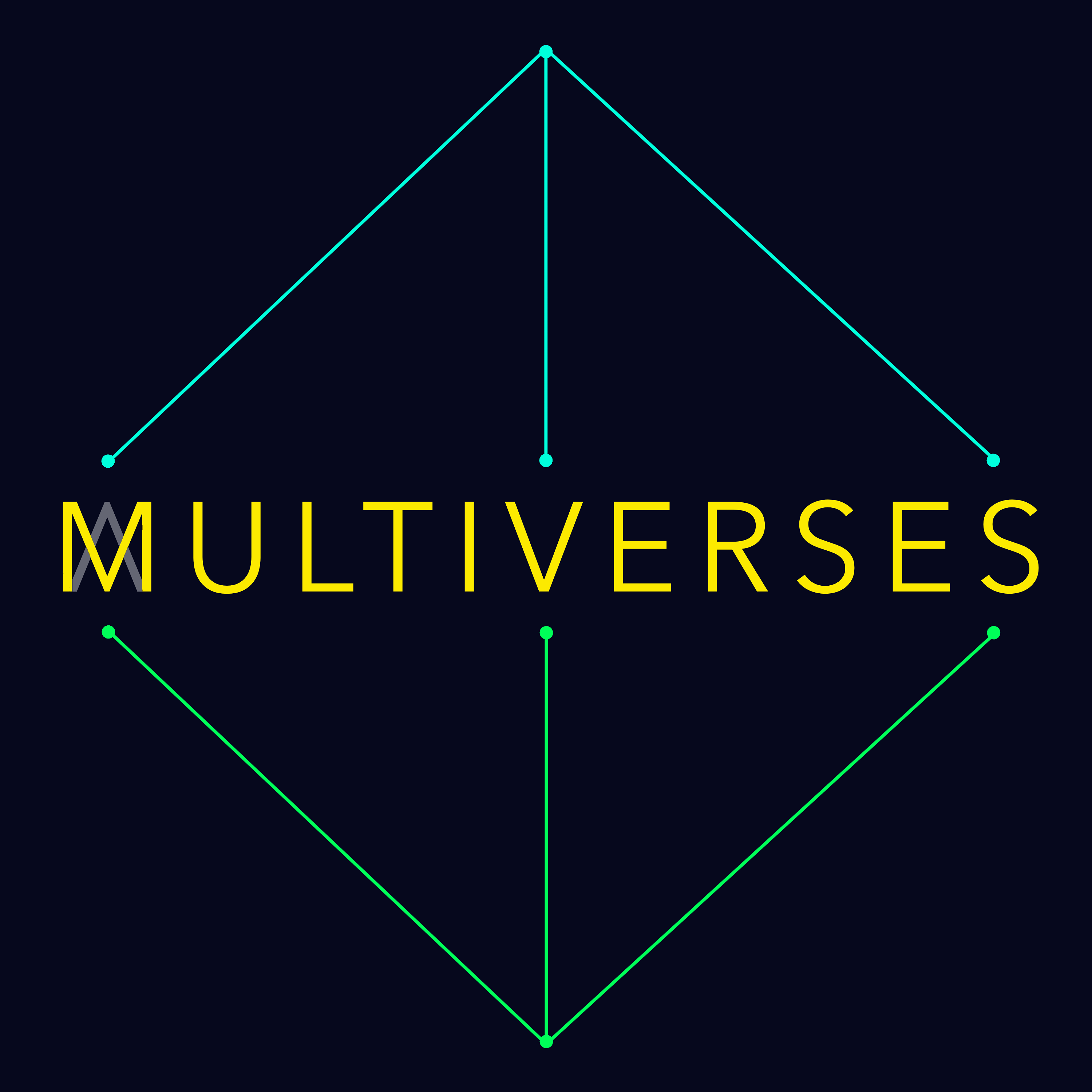16| Gábor Domokos — The Gömböc, a shape at the limit of possibility
Description
The Gomboc is a curious shape. So curious many mathematicians thought it could not exist. And even to the untrained eye, it looks alien: neither the product of human or natural processes.
This week Gábor Domokos relates his decade-long quest to prove the existence of a (convex, homogenous) shape with only two balance points.
The Gömböc is not just a mathematical curio, its discovery led to a theory of how "things fall apart", of the processes of abrasion that — whether on Earth, mars, or deep space — ineluctably reduce the number of balance points of objects.
The Gomboc is the shape all pebbles want to be, but can never reach.
Show notes at multiverses.xyz [https://www.multiverses.xyz/podcast/mv16-gomboc-a-shape-at-the-limits-of-possibility-gabor-domokos/]
(00:00) Intro
(2:40) Start of conversation — what is a Gomboc?
(4:30) The Gomboc is the "ultimate shape" it has only two balance points
(5:30) The four vertex theorem: why a 2D shape must have 4 balance points
(6:30) (almost) nobody thought a Gomboc existed
(8:30) Vladimir Ilych Arnold's conjecture
(9:00) Hamburg 1995, the beginning of a quest
(10:30) "Mathematics is a part of physics where experiments are cheap"
(11:50) A hungry scholar sits next to a mathematical superstar
(13:00) Ten years of searching
(15:00) Domokos and Varkonyi's gift for Arnold
(15:30) Arnold's response: "good, but now do something serious"
(16:50) We cannot easily speak about shapes.
(18:00) A system for naming shapes
(21:00) "The evolution of shapes is imprinted in these numbers"
(21:50) Pebbles evolve towards the Gomboc, but never get there
(24:50) How to find the balance points of shapes by hand
(30:00) Physical intuition and empirical exploration can inform mathematics
(30:30) A beach holiday (and a marital bifurcation point)
(34:00) "No this was not fun, it was a markov process"
(36:40) Working with NASA to understand the age of martian pebbles
(38:20) An asteroid, or a spaceship?
(43:00) The mechanisms of abrasion
(45:50) The isoperimetric ratio — does not evolve monotonically …
(47:50) … But the drift to less balance points is monotonic
(49:00) The process of abrasion is a process of simplifying
(50:00) We can name the shape of Oumuamua because it is so simple
(51:00) Relationship between Gomboc and (one way of thinking about) entropy
(55:00) Abrasion and the heat equation — curvature is "like" heat and gets smoothed out
(58:00) The soap bar model — why pointy bits become smooth
(1:00:00) Richard Hamilton, the Poincaré conjecture and pebbles
(1:04:00) The connection between the Ricci flow and pebble evolution
(1:09:00) Turning the lights on in a darkened labyrinth
(1:12:00) The importance of geometric objects in physics (string theory)
(1:13:30) Another way of naming natural shapes: the average number of faces and vertices
(1:15:00) "Earth is made of cubes" — it turns out Plato was right
(1:16:30) Could Plato's claim have been empirically inspired?
(1:17:50) "Everything happens between 20 and 6"
(1:18:30) The Cube and the Gomboc are the bookends of natural shapes
(1:19:30) The Obelisk in 2001 — an unnatural, but almost natural shape
(1:22:00) Poincaré on dreaming: genius taps the subconscious
More Episodes
Physics helps get stuff done. Its application has put rockets in space, semiconductors in phones, and eclipses on calendars.
For some philosophers, this is all physics offers. It is a mere instrument, albeit of great power, giving us control over tangible things. It is a set of gears and...
Published 06/04/24
Published 06/04/24
It can be tempting to consider language and thought as inextricably linked. As such we might conclude that LLM's human-like capabilities for manipulating language indicate a corresponding level of thinking.
However, neuroscience research suggests that thought and language can be teased apart,...
Published 05/15/24


